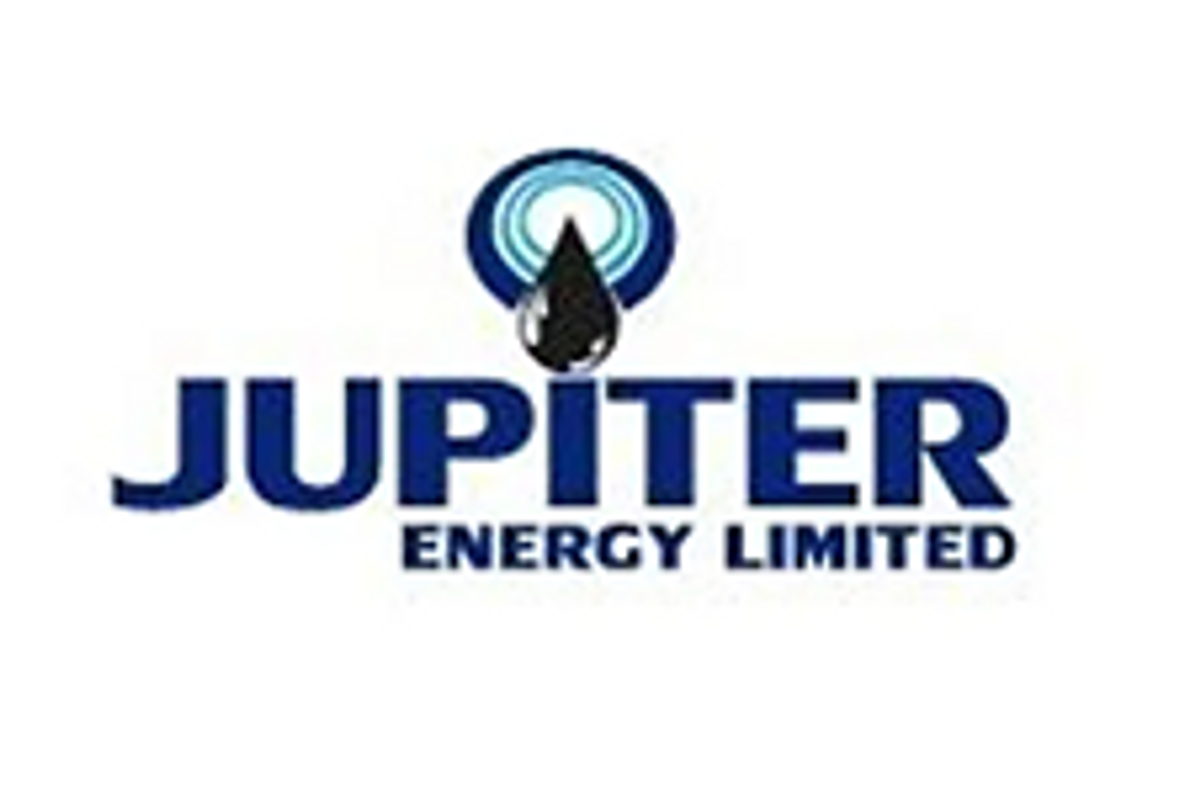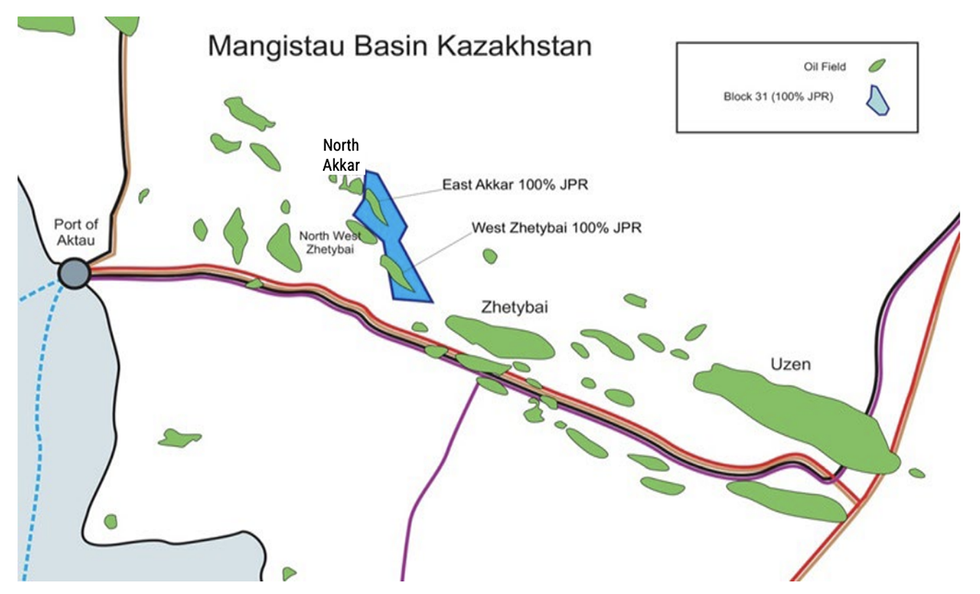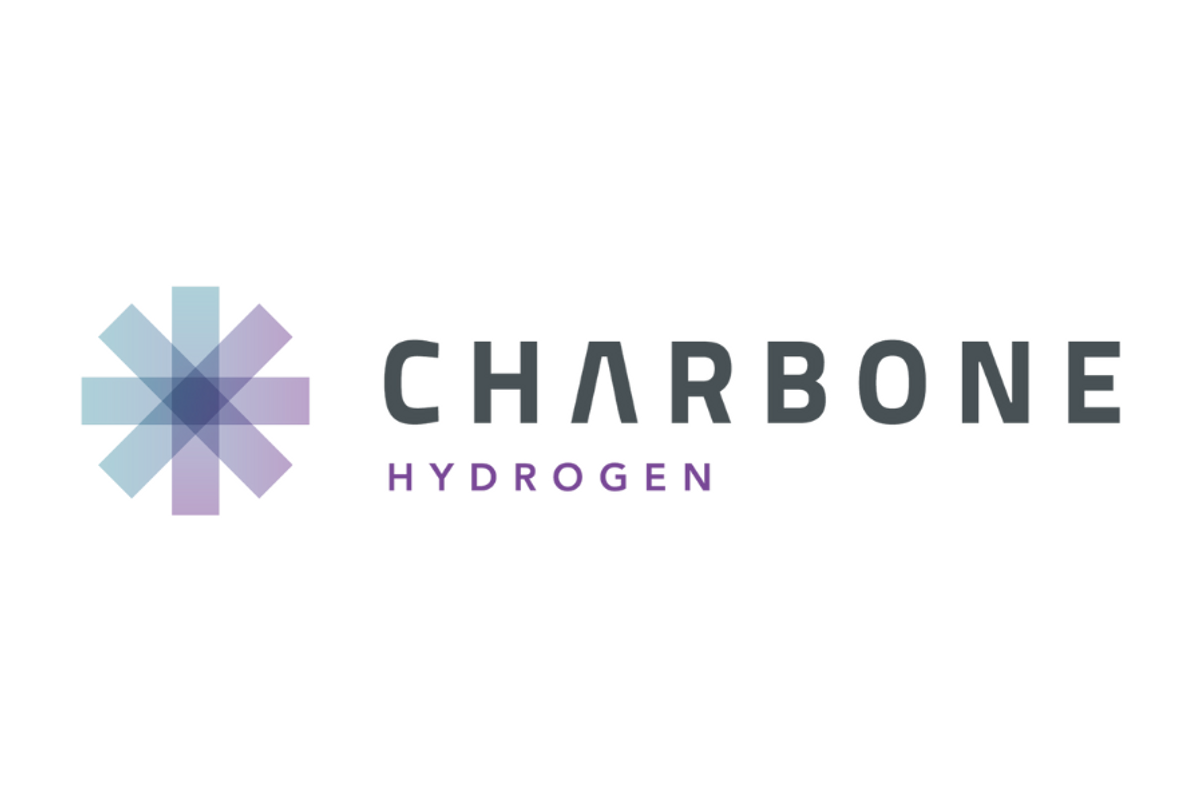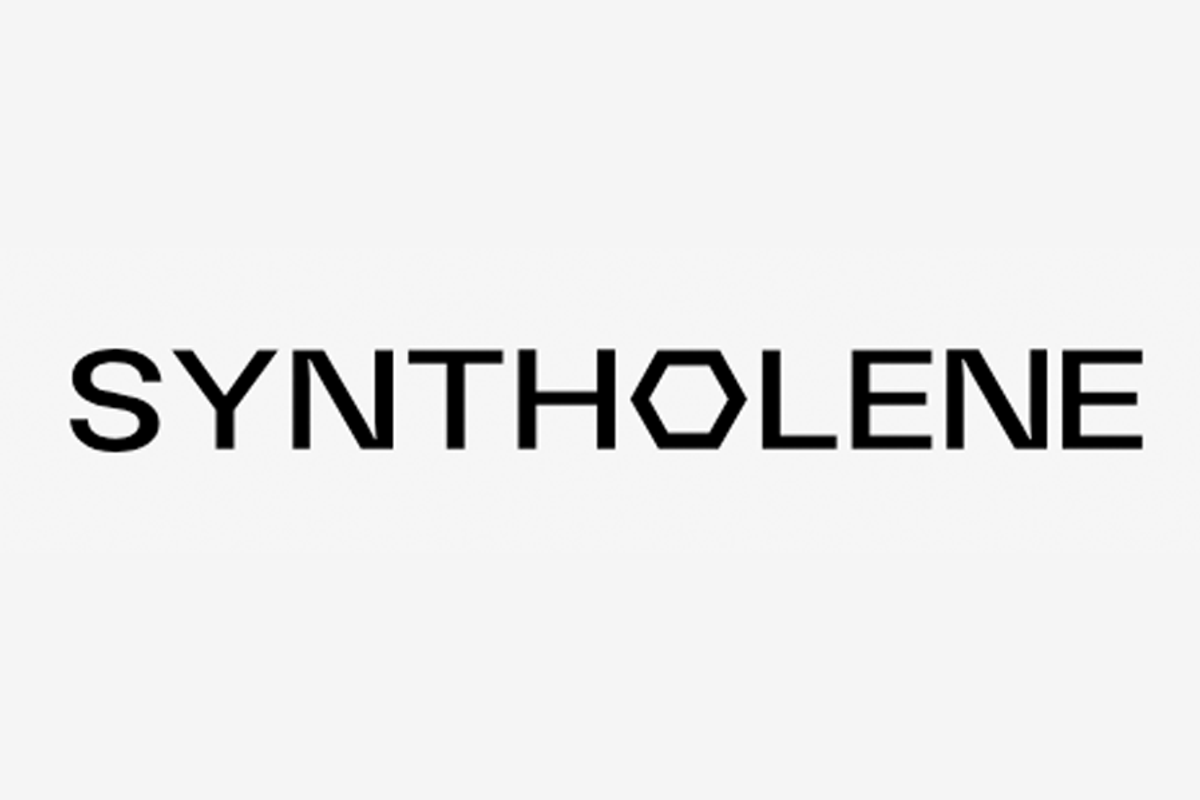
October 03, 2024
Description:
Australian market analyst firm Vested Equities has estimated a 194 percent upside over the current share price of oil producer and explorer Jupiter Energy (ASX:JPR), citing the company’s large reserve and plans for sustainable growth.
“Jupiter Energy's resilient financial performance, strategic positioning, and significant reserves potential make it an attractive prospect for investors seeking exposure to the energy sector,” wrote Vested analyst Stuart McClure in a June 2024 report.
Jupiter Energy is an oil exploration and production company operating in Kazakhstan, with three licenced oil fields producing approximately 640 barrels per day from four wells, with plans to increase to approximately 1,000 barrels per day by the end of 2024.
The Vested report also cited Kazakhstan's supportive regulatory environment with policies and programs aimed at strengthening its energy sector, by facilitating the increase of production capacity, attracting new investments and supporting industry growth.

“Jupiter Energy’s operations benefit from these favourable policies, the most recent being the support offered to the company by the Kazakh Ministry of Energy in addressing its gas utilisation requirements. These initiatives have provided access to essential resources and infrastructure, enhancing the company’s operational stability and capacity for growth,” the report said.
Highlights of the report:
- Vested determined Jupiter’s valuation through a blended approach of both the discounted cash flow method and market approach, which is most suited for the company with its large reserve and strategic plans to increase future incomes.
- The discounted cash flow analysis suggests a per-share value of AU$0.029 assuming a terminal growth rate of 4 percent and discounts future cash flows at a weighted average cost of capital of 13.6 percent.
- The market approach is calculated by taking peer companies’ EV/2P reserves value and arriving at a target price of AU$0.14.
- The valuation methodology assigns 60 percent weight to the income approach and 40 percent to the market approach, resulting in a weighted average target price of AU$0.074 per share, reflecting a 194.1 percent premium over its current market price of AU$0.025.
For the full analyst report, click here.
This content is intended only for persons who reside or access the website in jurisdictions with securities and other applicable laws which permit the distribution and consumption of this content and whose local law recognizes the scope and effect of this Disclaimer, its limitation of liability, and the legal effect of its exclusive jurisdiction and governing law provisions [link to Governing Law section of the Disclaimer page].
Any investment information contained on this website, including third party research reports, are provided strictly for informational purposes, are general in nature and not tailored for the specific needs of any person, and are not a solicitation or recommendation to purchase or sell a security or intended to provide investment advice. Readers are cautioned to seek the advice of a registered investment advisor regarding the appropriateness of investing in any securities or investment strategies mentioned on this website.
JPR:AU

Sign up to get your FREE
Jupiter Energy Investor Kit
and hear about exciting investment opportunities.
- Corporate info
- Insights
- Growth strategies
- Upcoming projects
GET YOUR FREE INVESTOR KIT
The Conversation (0)
15 April
Jupiter Energy
Sustainable, long-term and profitable oil exploration and production in Kazakhstan – cashflow positive with a proven reserve base
Sustainable, long-term and profitable oil exploration and production in Kazakhstan – cashflow positive with a proven reserve base Keep Reading...
21 October
Sep25 Appendix 5B
Jupiter Energy (JPR:AU) has announced Sep25 Appendix 5BDownload the PDF here. Keep Reading...
21 October
Sep25 Quarterly Activities Report
Jupiter Energy (JPR:AU) has announced Sep25 Quarterly Activities ReportDownload the PDF here. Keep Reading...
13 July
Jun25 Appendix 5B
Jupiter Energy (JPR:AU) has announced Jun25 Appendix 5BDownload the PDF here. Keep Reading...
13 July
Jun25 Quarterly Activities Report
Jupiter Energy (JPR:AU) has announced Jun25 Quarterly Activities ReportDownload the PDF here. Keep Reading...
22 May
Variation to Noteholder Agreements
Jupiter Energy (JPR:AU) has announced Variation to Noteholder AgreementsDownload the PDF here. Keep Reading...
16 December
CHARBONE confirme l'entree officielle en production commerciale d'hydrogene propre UHP a Sorel-Tracy
(TheNewswire) Brossard, Quebec TheNewswire - le 16 décembre 2025 CORPORATION CHARBONE (TSXV: CH,OTC:CHHYF; OTCQB: CHHYF; FSE: K47) (« CHARBONE » ou la « Société »), un producteur et distributeur nord-américain spécialisé dans l'hydrogène propre Ultra Haute Pureté (« UHP ») et les gaz industriels... Keep Reading...
16 December
CHARBONE Confirms the Official Start of Commercial Production of Clean UHP Hydrogen in Sorel-Tracy
(TheNewswire) Brossard, Quebec TheNewswire - December 16, 2025 CHARBONE CORPORATION (TSXV: CH,OTC:CHHYF; OTCQB: CHHYF; FSE: K47) (" CHARBONE " or the " Company "), a North American producer and distributor specializing in clean Ultra High Purity (" UHP ") hydrogen and strategic industrial gases,... Keep Reading...
15 December
Angkor Resources Signs Letter of Intent to Sell Evesham Oil Production
(TheNewswire) GRANDE PRAIRIE, ALBERTA TheNewswire - December 15, 2025 - Angkor Resources Corp. (TSXV: ANK,OTC:ANKOF) ("ANGKOR" OR "THE COMPANY") is pleased to announce that it has entered into a binding Letter of Intent ("LOI") with an arm's length party (the "Purchaser") to sell its 40%... Keep Reading...
12 December
Syntholene Energy
Syntholene Energy is a Canada-based mineral exploration company. It is focused on the exploration and development of the Iron Lake Project which comprises 21 mineral claims totaling 8,035 hectares. Keep Reading...
10 December
Syntholene Energy Announces Completion of Reverse Takeover
Syntholene Energy Corp. (TSXV: ESAF) (formerly, GK Resources Ltd.) (the "Company" or "Syntholene") is pleased to announce that, further to its news releases dated May 6, 2025, May 16, 2025, July 9, 2025, September 18, 2025, November 18, 2025 and December 3, 2025, it has completed the acquisition... Keep Reading...
10 December
Angkor Resources Identifies Gold Prospect on Andong Meas License, Cambodia
(TheNewswire) GRANDE PRAIRIE, ALBERTA (December 10, 2025): Angkor Resources Corp. (TSXV: ANK,OTC:ANKOF) ("ANGKOR" OR "THE COMPANY") announces an additional gold target, named CZ Gol d on the west side of the Canada Wall prospect on the Andong Meas exploration license in Ratanakiri Province,... Keep Reading...
Latest News

Sign up to get your FREE
Jupiter Energy Investor Kit
and hear about exciting investment opportunities.
- Corporate info
- Insights
- Growth strategies
- Upcoming projects
GET YOUR FREE INVESTOR KIT
Interactive Chart
Latest Press Releases
Related News
TOP STOCKS
American Battery4.030.24
Aion Therapeutic0.10-0.01
Cybin Corp2.140.00



